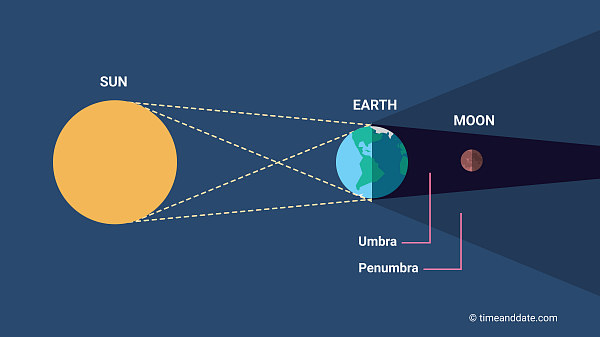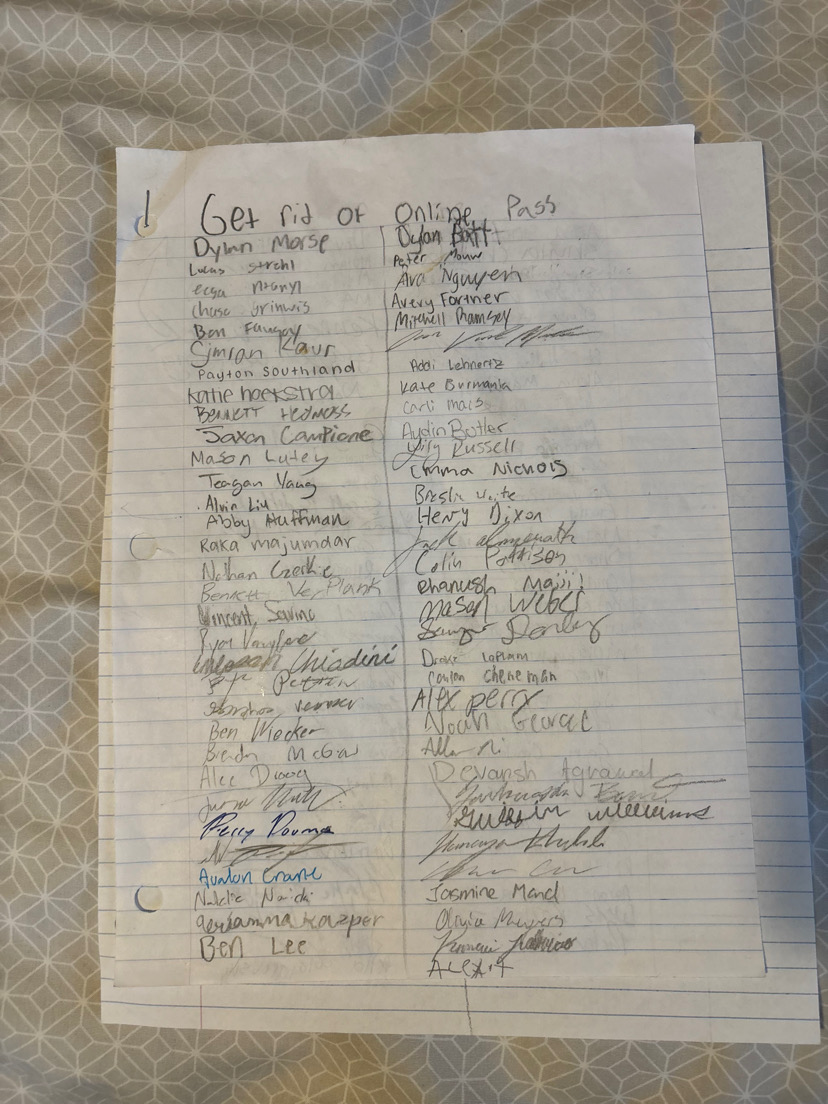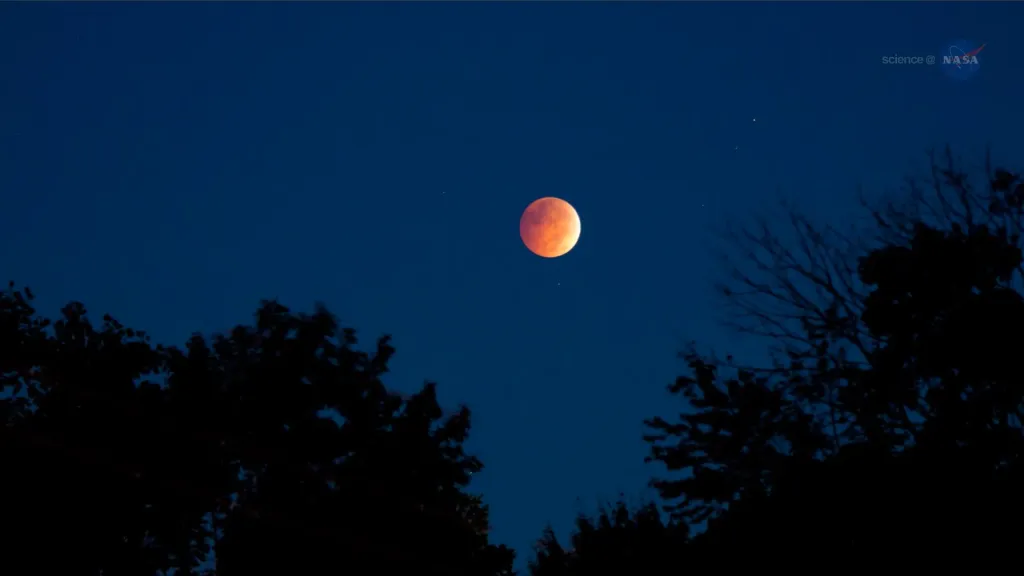Tuesday night’s sky gifted us with both a jaw-dropping Harvest Supermoon and rare lunar eclipse. Looking up into the night sky, not only would you have seen the thousands of stars, but you would have also noticed a large, orange harvest moon with a tiny black sliver on its top corner. This phenomenon occurred around 10:44 p.m. and finished at 12:47 a.m. here in Michigan— so if you were out late at night working or going on a late-night stroll, the lunar eclipse would have been fully visible to the eye.
A lunar eclipse occurs only under certain circumstances. First, the moon, earth, and sun must all land on the same orbital plane. This allows for the earth’s shadow from the sun to be cast onto the full moon. Because of these specific requirements, a lunar eclipse can only happen once or twice a year.
There are three different types of eclipse: penumbral lunar eclipse, partial lunar eclipse, and total lunar eclipse. The penumbral lunar eclipse occurs when the moon passes through the outer shadow cast from the earth called the penumbra. This type of eclipse is oft

en mistaken for a regular full moon because the shadow appears so faint. A total lunar eclipse occurs when the moon is located directly in the earth’s shadow from the sun. This part of the shadow is called the umbra and it is the darkest part of the shadow. A partial lunar eclipse occurs when the moon is located halfway between the penumbra and the umbra. This means that half of the moon will be covered with the shadow of the Earth. Last Tuesday, a total lunar eclipse occurred with a harvest supermoon.
Eclipses were first recorded way back in 3340 B.C.E. through spiral and circular petroglyphs. The petroglyphs were found by archeologists in County Meath, Ireland, along with the charred remains of 50 people. Since this discovery, scientists have been able to recover many different signs of early astronomy. Based on new findings, it was presumed that back in 1200 B.C.E. scribes in Anyang, China would record the eclipses on the shells of tortoises and on the shoulder blades of oxen. The Maya recorded the eclipse through paintings on pottery, carvings on stone, and accordion-folded bark books called “Codices.” The Maya were so scientifically and astronomically advanced that they were able to predict the solar eclipse of July 1991.
Here are some upcoming solar and lunar eclypse to write down on your calendar!
Solar Eclipse:
- October 2, 2024: annular solar eclipse
- March 29, 2025: partial solar eclipse
Lunar Eclipse:
- March 14, 2025 with “blood moon”











































Ava Hoogterp • Sep 23, 2024 at 7:38 am
Thank you for teaching us about this fantastical scientific happening. Your writing is also amazing.